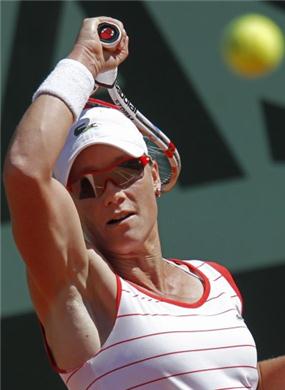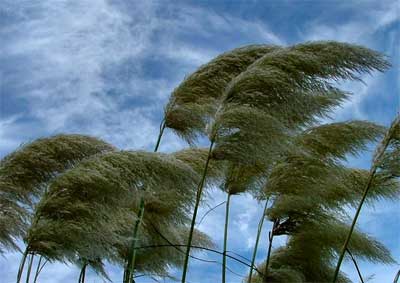NCAA Rules Limit Winter College Practice
 Friday, December 2, 2011 at 07:30PM
Friday, December 2, 2011 at 07:30PM  CAtennis
CAtennis
 College tennis is a tricky deal for the motivated coach and the unmotivated player. In junior tennis, things were easy. Distractions were limited. Parents made sure kids made curfew, ate properly, did their homework, and planned their days for them. In college tennis, things are easy when you are in the playing season. You really don't have much time between class, fitness, tennis, eating, homework, and checking your Facebook. Distractions and a lack of motivation are really not factors because your coach and team will apply enough subtle pressure on you to simply not "let go of the rope."
College tennis is a tricky deal for the motivated coach and the unmotivated player. In junior tennis, things were easy. Distractions were limited. Parents made sure kids made curfew, ate properly, did their homework, and planned their days for them. In college tennis, things are easy when you are in the playing season. You really don't have much time between class, fitness, tennis, eating, homework, and checking your Facebook. Distractions and a lack of motivation are really not factors because your coach and team will apply enough subtle pressure on you to simply not "let go of the rope."
However, every year college coaches struggle with the time period between mid-November to early January. The NCAA wisely limited practice time to 20 hours per week during the playing season (this includes your fitness, competition, and practice sessions). When the fall and dual-season are not in action, the NCAA limits every player and coach to 2 hours of tennis skill instruction per week and 6 hours of fitness from mid-November to Thanksgiving. Only 8 hours a week! Once December 1st rolls around, coaches, fitness trainers, and players are not allowed to allowed to work with each other. The players are free to do as they wish.
Now one might wonder why the NCAA would do such a thing. The reason is to protect the kids from coaches who abuse the system (# of hours on the court). Afterall, kids are in school to pursue an education and they need to be given time to study. I'm sure in many cases, coaches in the past forced boys and girls to practice without any regard for their academics (I have no proof, but I'm sure it happened).
Now that you know the history behind these rules, the time between December 1st and January 7th is a tricky time for every college coach and player. The coach is stressed out because all the gains made during the fall could potentially be wiped out without consistent upkeep to the players game. The players are stressed out about finals and might be a little burnt out from the fall season. Let's brainstorm: What are some good ways to keep the players motivated during this time period? Tournaments are not easy to come by during this time.
In the picture above, here are some potential scenarios to how many hours you would need to practice everyday for 6 days a week for 5 weeks to accumulate close to 100 hours. Most people would be surprised how many players fail to surpass 100 hours. Parents long to see their children, spoil them with turkey and sweets, and taking vacations to warm locations. Kids want to catch up with old friends from high school. There are many forces and distractions at work which can distort your tennis priorities (did I mention New Years Partying!?!). Parents sometimes do not drive the kids as hard as they used to (maybe because of perspective or maybe because they are satisfied). Parents might see the end of the road is near, so what's the point.





